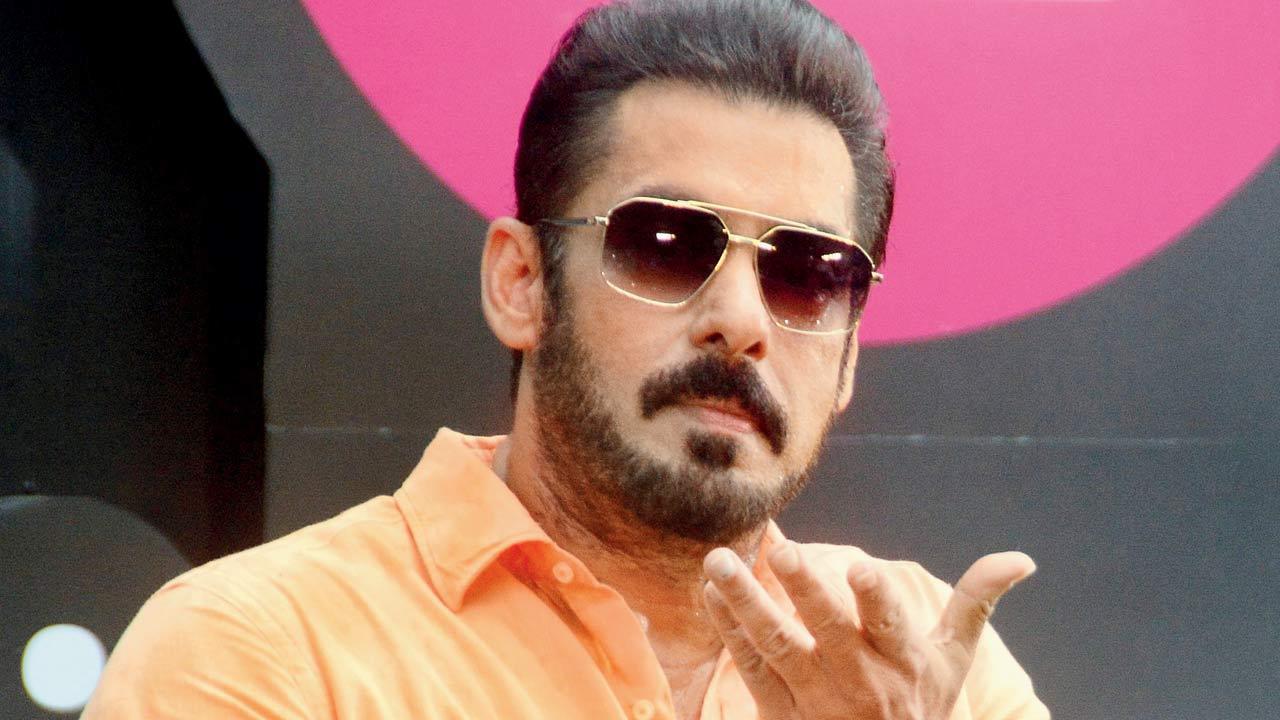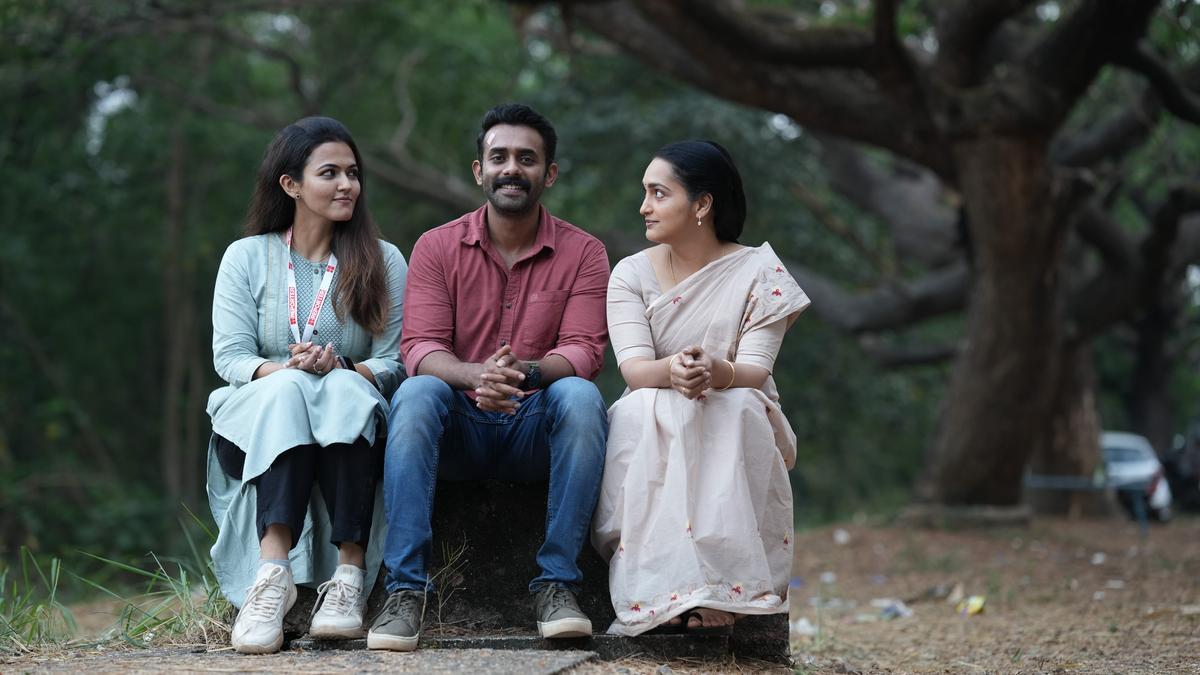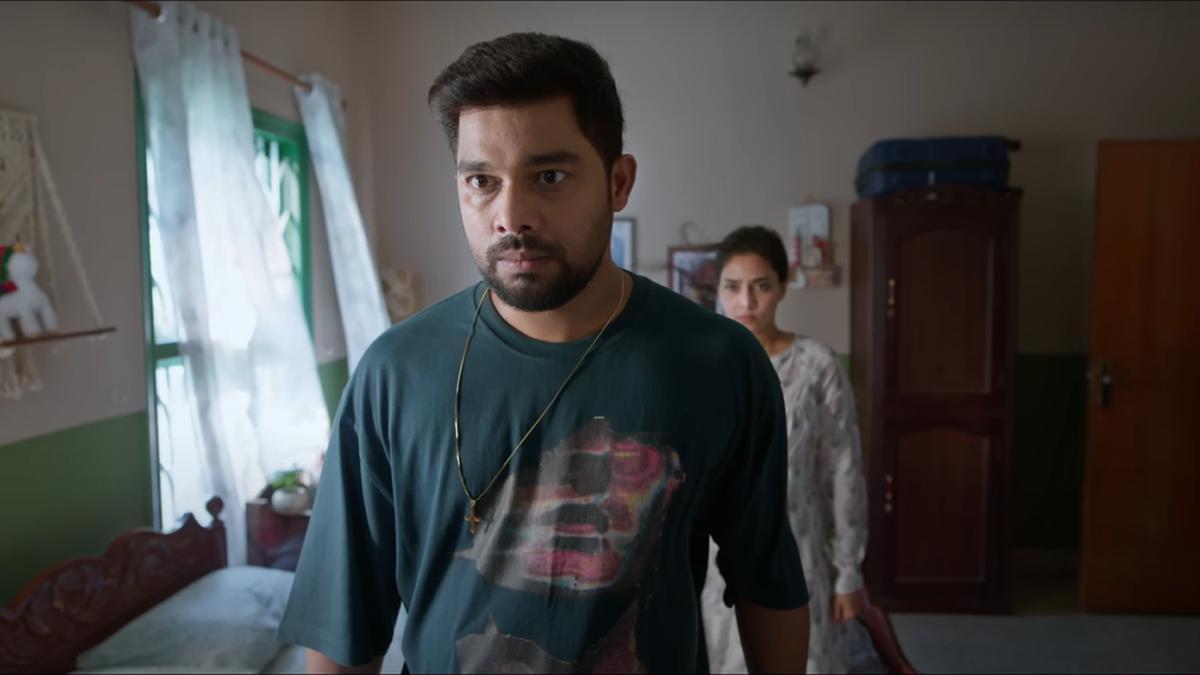
As Nikkhil Advani’s latest directorial venture “Vedaa” hits the screens, the audience finds itself thrown into a tumultuous narrative that struggles to find its footing in the realm of both reality and fiction. The movie, starring John Abraham and Sharvari, leaves viewers questioning the portrayal of serious societal issues such as caste dynamics and honor killings.
The inconsistencies in Advani’s work can be attributed to his reliance on the material he is given to direct. Depending on the script, his films can swing from brilliantly executed to disastrously derailed. Consider his highly acclaimed series “Rocket Boys,” which deftly portrayed the lives of scientists Homi Bhabha and Vikram Sarabhai. In contrast, his other work, “Mumbai Diaries” (2021), which was based on the 26/11 attacks, fell flat by overwhelming its realistic premise with excessive fiction.
In a similar vein, Advani’s previous cinematic offering “Batla House” (2019), which revolved around the 2008 encounter episode, was a solid piece of work. However, “Vedaa” veers dangerously off course, taking an almost incomprehensible approach to Haryana’s Manoj-Babli honor killings, as well as UP’s Meenakshi Kumari case involving khap panchayats, Dalit atrocities, and sexual violence against women—events that it claims to draw inspiration from.
The primary issue with “Vedaa” lies in its difficulty to anchor the audience to its narrative. The plot appears so far-fetched that it becomes challenging to follow or make sense of it. There is no respite in the form of dramatic relief, and every character is static, lacking any form of developmental arc. They end up precisely where they start, offering no growth or transformation.
Set in Rajasthan, the film’s narrative terrain seems to belong to the dead, owned by ruthless scavengers with no room for emotional investment. The malevolent villain, portrayed by Abhishek Banerjee, rules over 150 villages with an iron fist, functioning as the Darth Vader of this murky tale. Vedaa, played by Sharvari, is a fierce heroine who finds herself incessantly under siege in this darkly skewed setup, with John Abraham assuming the role of her silent protector.
.
Abraham’s character could be likened to John Wick, as he spends two and a half hours in the film engaged in relentless action sequences. These scenes are often depicted in high-speed and slow-motion shots where Abraham’s character dispatches enemies by the dozen, leaving a trail of destruction without suffering more than a minor injury himself.
As the stranger in a town mired in corruption and chaos, Abraham’s character contributes to the film’s baffling seriousness. The film’s setting in the specific locale of Barmer adds to the enigma, presenting a place with seemingly no semblance of law, governance, or order. Courts, the press, and the police are absent, rendering the environment lawless and full of unchecked violence.
This raises a crucial question: Does the film’s focus on caste issues do a disservice to the gravity of the issue? If the depiction appears unrealistically exaggerated, does it undermine the seriousness of the real problems it aims to highlight? Such is the fear that viewers might take away from this cinematic experience.
Although it is just a movie, and we must perceive it as such, Advani undoubtedly possesses a strong visual sense. The movie’s night-time chase scenes, with Abraham’s character outmaneuvering both cops and villains, are executed with remarkable flair. The shift in perspective during a particularly brutal scene where the heroine is accosted by the local don, only to see the violence transition to a distant wide shot, is notably effective in conveying the sickening impact.
To be fair, “Vedaa” includes individually impressive moments and performances, as well as a selection of visually appealing locations. However, there is a glaring absence of a coherent script, making it difficult to seamlessly transition from one scene to the next. This lack of continuity often leaves the audience disengaged and uninterested much sooner than anticipated.
In summary, while Advani’s “Vedaa” attempts to tackle serious societal issues, its convoluted narrative and overly dramatic portrayal can make it a challenging watch. For many, it becomes easier to disconnect from the unfolding action and instead focus on the scattered, albeit commendable, visual elements and performances.










